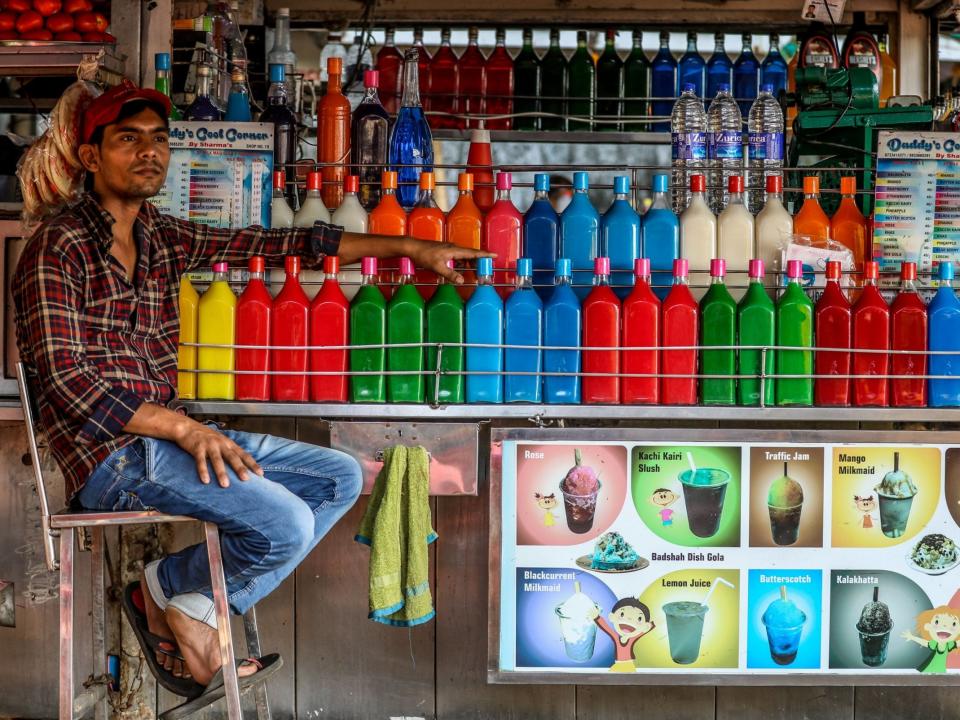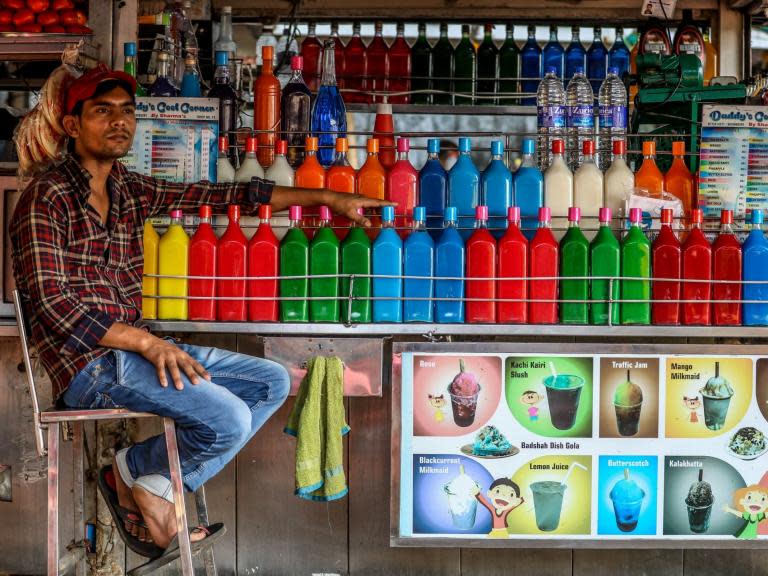Street food in Asia: Varied fare that delights the palate and comes at a good price
Street food in Asia is colourful, tasty and varied; sometimes sharp, saucy or spicy. There is something for the person with a sweet tooth, or to suit those looking for more of a savoury sensation.
Some people forsake a kitchen and eat from street food, others supplement their own household regime with the varied fare. Some dishes have caught the world’s attention and appear in almost everyone’s food vocabulary. They also form an important part of a modern travel experience, and eating the local food is an essential element in every tourist trip to a far-off place.
In Thailand, one of the best-known and most-loved foods is the stir-fried noodle dish pad thai; in Hong Kong, it is deep fried curry fish balls; red bean cakes reign in Taiwan; and a bowl of pho noodle soup is supreme in Vietnam. Vegetarian masala dosa’s, pav bhaji, panipuris (fried puris) and sweet snack malai kulfi or frozen dairy dessert are among the traditional favourites in India. Takeaway meat snacks and whole roasted suckling pigs are the most popular in the Philippines.
Sweet traditional yomari or steamed dumplings are loved in Nepal, and in Cambodia bowls of steaming snails, hand-collected by farmers in the countryside, can be seen in Phnom Penh city.
Scorpions and crickets are among the protein-rich insects deep fried in oil until crunchy, and sprinkled with lemongrass slivers and chilli, which are sold from street vendors carts across Thailand.
Betel quid’s, known as kunya, are very popular in Myanmar. Made of tobacco and small pieces of betel nut wrapped in a betel leaf and spread with a lime paste, they are placed into the mouth to suck and chew. Baozi, or Chinese steamed meat buns, cooked in bamboo steamers, are a breakfast favourite in China. Malatang, a famous type of Chinese street food, originating in Sichuan province, enjoys high popularity in Beijing.
Singapore and Malaysia feature many food hawker centres which offer a variety of traditional food tastes and open eating. Singapore has announced that it will be nominating its hawker culture, comprising more than 6,000 hawkers who provide street-food local dishes, to go on a special Unesco listing. Hawker centres were started in the 1970s in Singapore by moving street vendors into purpose-built facilities.
EPA



